According to the artifacts collected in the recent excavation drives around Van Mieu (Temple of Literature) in Hanoi, the special architecture features of Khue Van Cac is belonged to the …
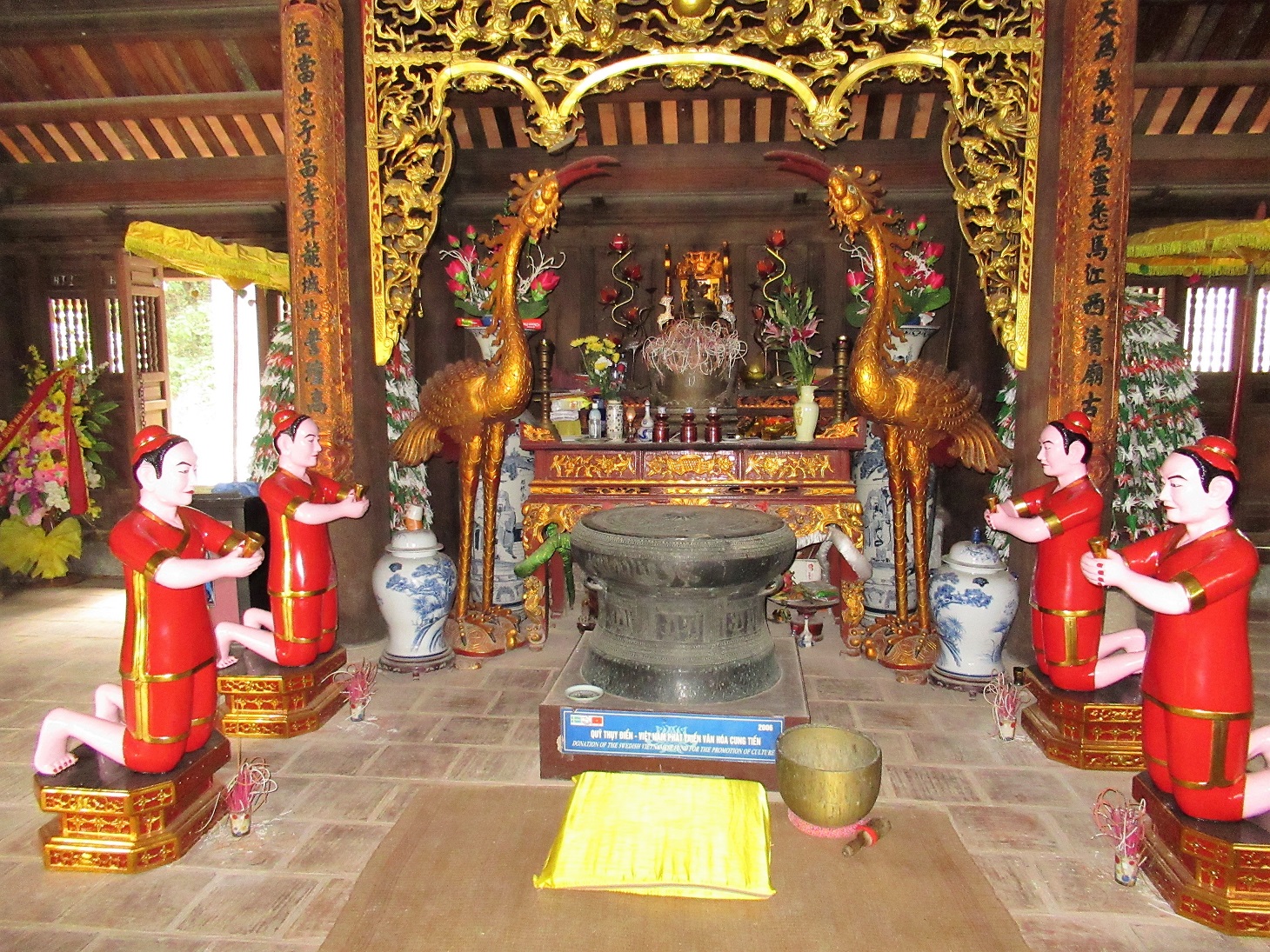
Located in number 73 block of Buoi Ward, Tay Ho District, Hanoi, Dong Co temple is one of famous historical relics of Hanoi capital.
Dong Co temple was originally constructed on the bank of the To Lich River during the Ly Dynasty (11th century) to worship the Dong Co (Bronze Drum) God, a unique symbol of Vietnamese culture. Not only being a typical Vietnamese musical instrument, the ancient Vietnamese bronze drum is also a prayerful holy piece of Vietnamese for thousand years.
For the very first time, this temple was located on the Dong Co Mountain in Dan Ne Commune, Yen Dinh District of Thanh Hoa Province. It was orally told that King Ly Thai To (1010 – 1028) came staying in Truong An citadel in order to be about to fight against Chiem Thanh (Champa Kingdom).
At one night, the King had a strange dream that he met a man who wore velvet robes and told him that: “I am the god of Dong Co Moutain. I know that the King goes to conquer the southern enemies and wish to stand by his side to help him”. Consequently, the King successfully conquered the enemy’s land. To show his respectful honor to the god of Dong Co Mountain, the King commanded to build a temple in the left of the eastern citadel after he returned to his mainland.
Right after the King Ly Thai To dead, his son, Ly Thai Tong was pointed to become the next King of the country. Like his great father, King Ly Thai Tong successfully ruled his country. Strangely, he also had a dream which was the same as his father’s at the night before he became King. He also dreamt of the god who told him the king’s brothers including Duc Thanh Vuong, Dong Chinh Vuong and Vu Duc Vuong were making a plan to get him down. The three princes mentioned had been about to murder Ly Thai Tong inside his citadel the following morning; however, thanks to the prediction of the God in his dream, the crown prince ordered his commanders to protect him and was able to put down the revolt.
After being pointed to be the new king, King Ly Thai Tong ordered to build another temple of Dong Co god on the right side of the royal citadel and choose the 25th day of 3rd lunar month to hold an “Oath-swearing” ceremony there. When working on the site of temple the workers were commanded to build a tall altar decorated many flying flags in front of the citadel and ordered all his people to attend.
The Đồng Cổ god’s worshipping tablet was placed in the middle of the altar. All the military and civilian mandarins from the eastern part of the country came into the temple, knelt and swore, “If as children we are undutiful towards our parents and if as subjects, we are unfaithful or disloyal to the King, we will be surely killed by the God”. Later, the date of the ceremony was changed to the 4th day of the fourth lunar month and was held annually through the Trần (13th and 14th centuries) and Lê (15th century) dynasties. It was developed into a festival later.
Combining with Dong Co Festival, the bronze drum traditionally become a symbol of physical strength and the ancient sacred value of Vietnam. The festival was a unique, consolidating the morale and traditions of our nation.
The special architecture of Dong Co Temple includes only of a three-door gate, the main building and a lower chamber, with valuable antiques. Đồng Cổ temple is located near the northern side of the Thăng Long Citadel. It is not only a landmark but also an outstanding example of the Lý Dynasty’s cultural heritage.
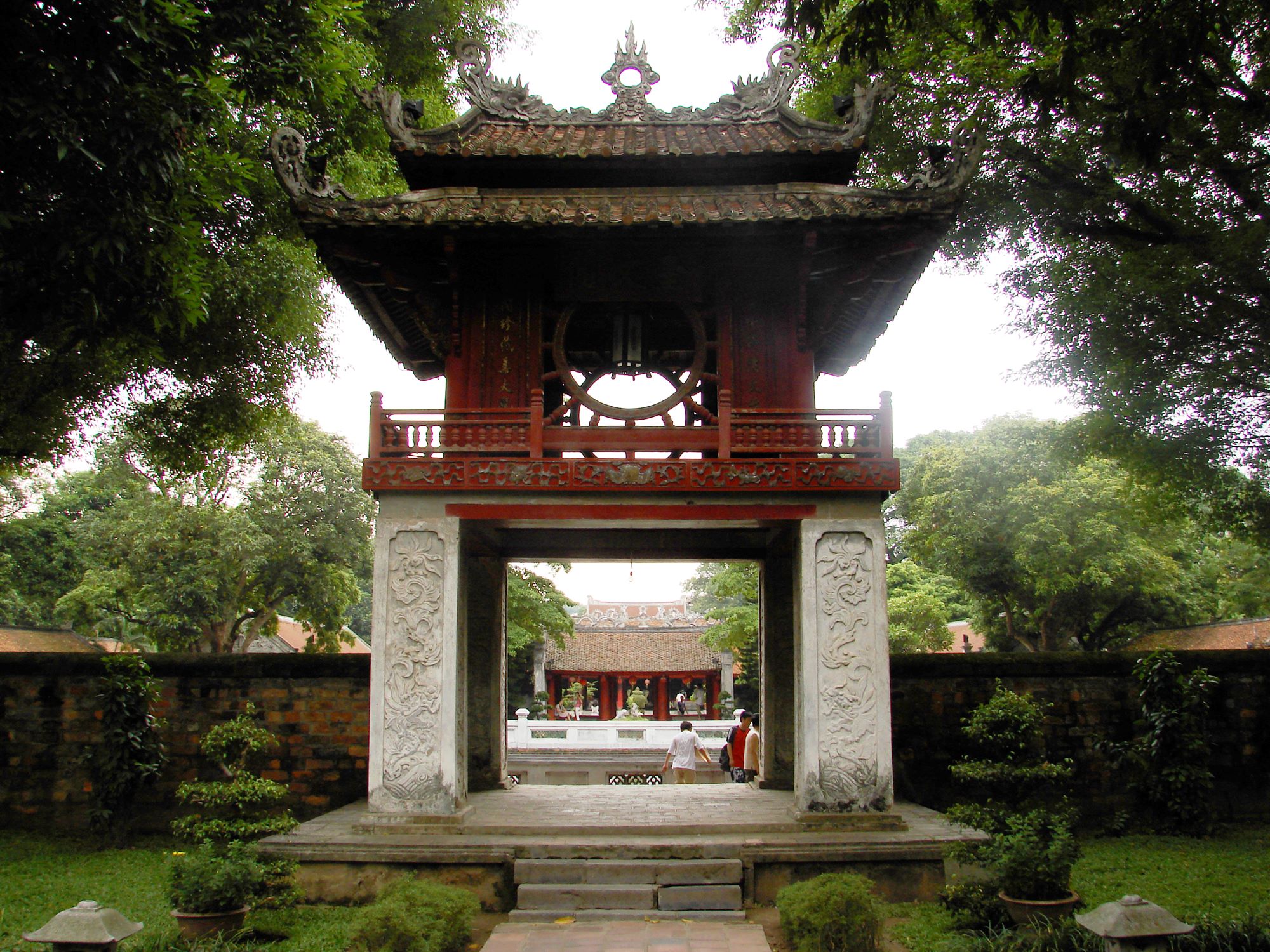
According to the artifacts collected in the recent excavation drives around Van Mieu (Temple of Literature) in Hanoi, the special architecture features of Khue Van Cac is belonged to the …
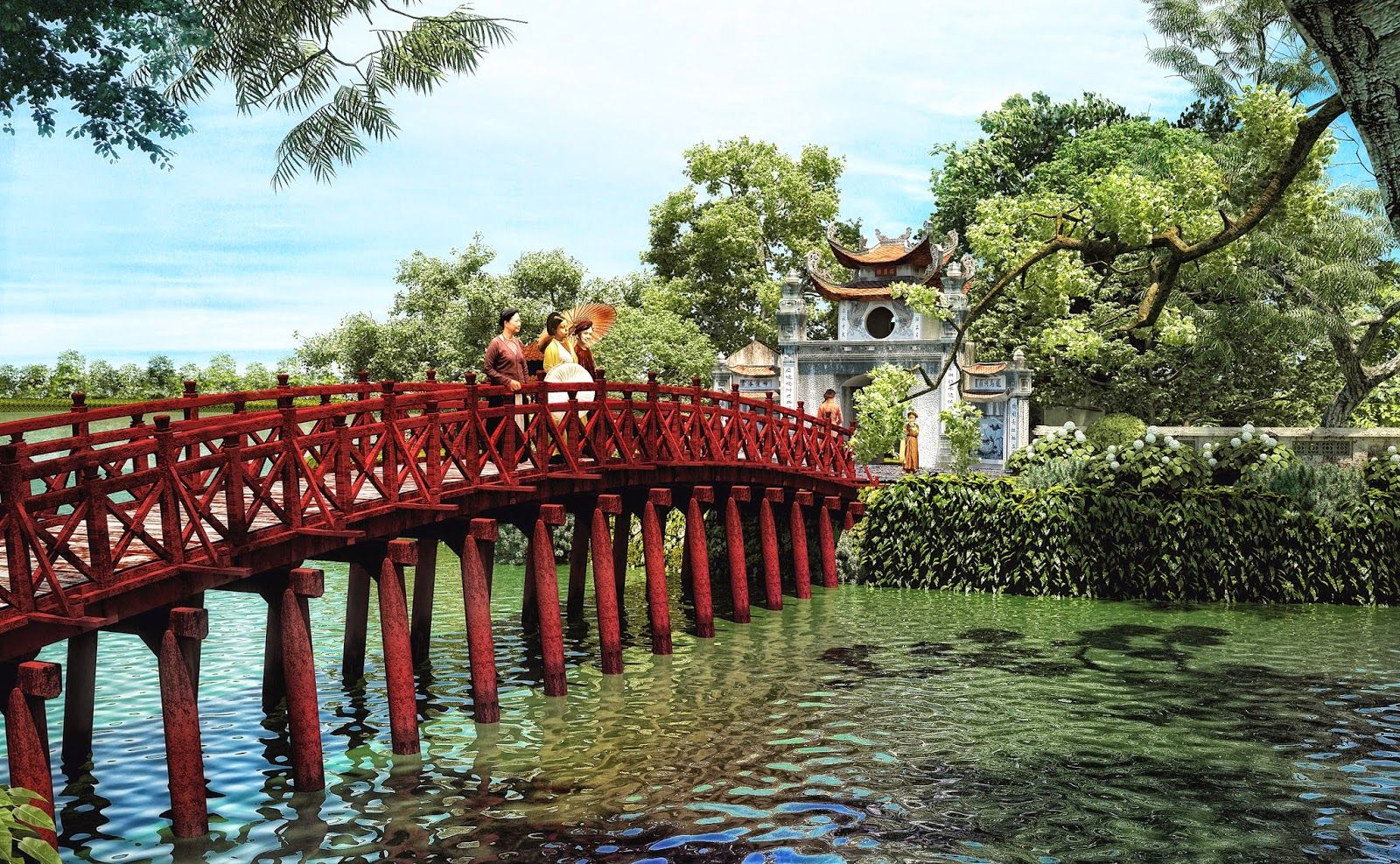
The Huc Bridge is a beautiful construction built to connect the Ngoc Son Temple located in the heart of Hoan Kiem Lake and the lake bank. Being an indispensable part …
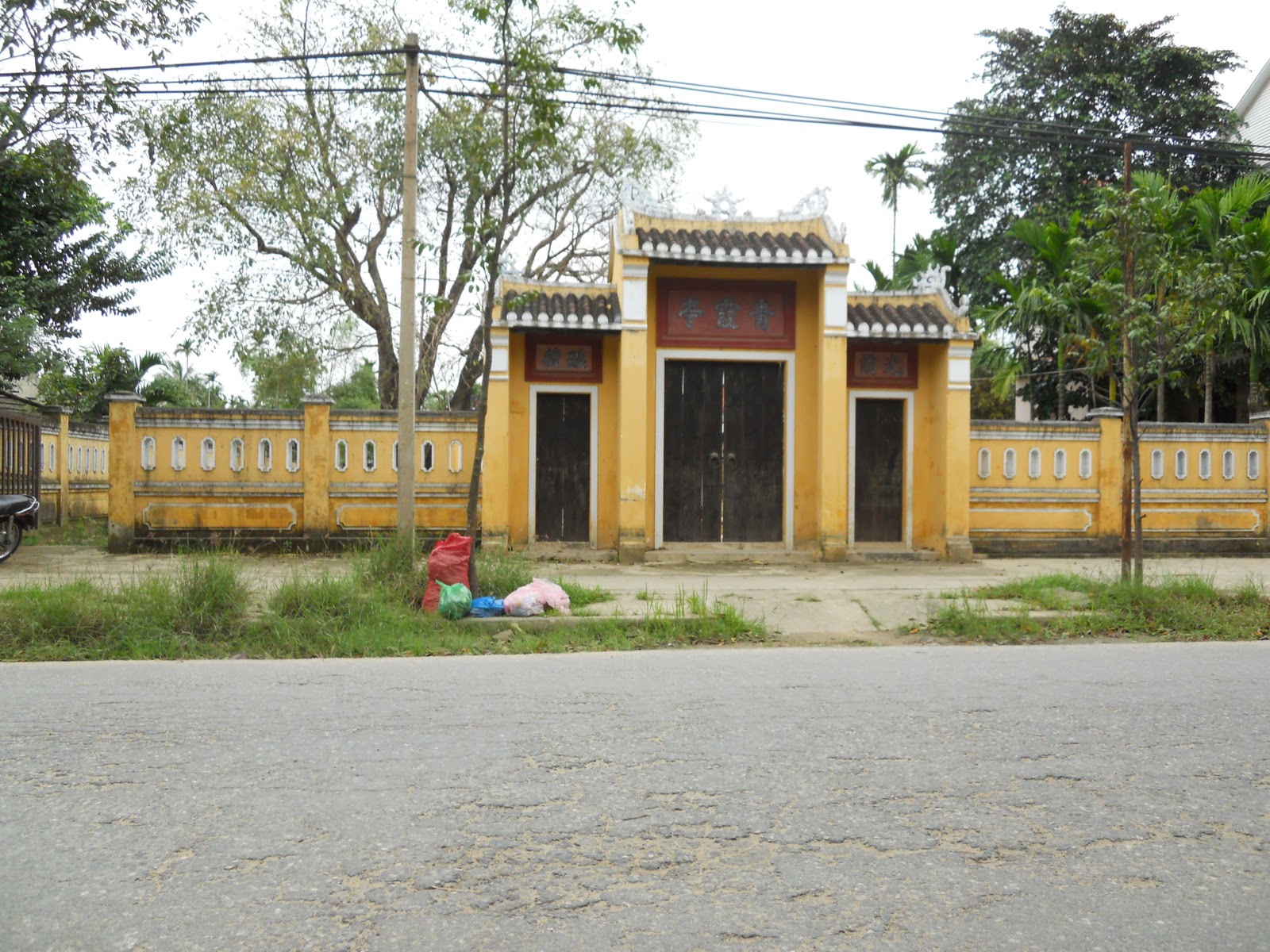
Located at No.10 Ngo Gach, Dong Xuan Ward in Hoan Kiem District of Hanoi, Thanh Ha Communal House was seen as the oldest extant stele in Hanoi. Built in 1430, …
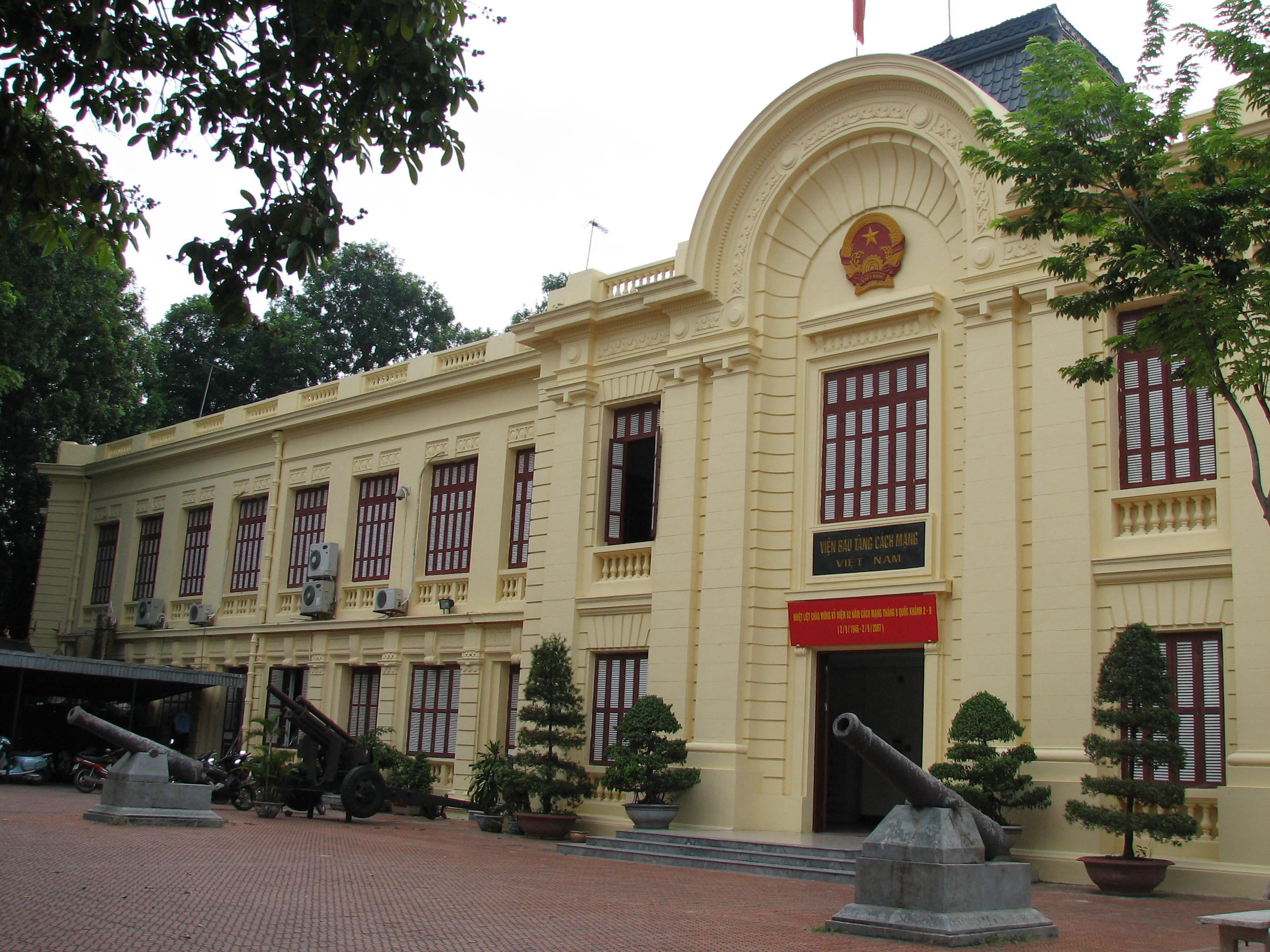
The Revolution Museum was established in August 1959. Originally, this museum consists of two floors and is a used building which was the former headquarters of the Trade Department. After …
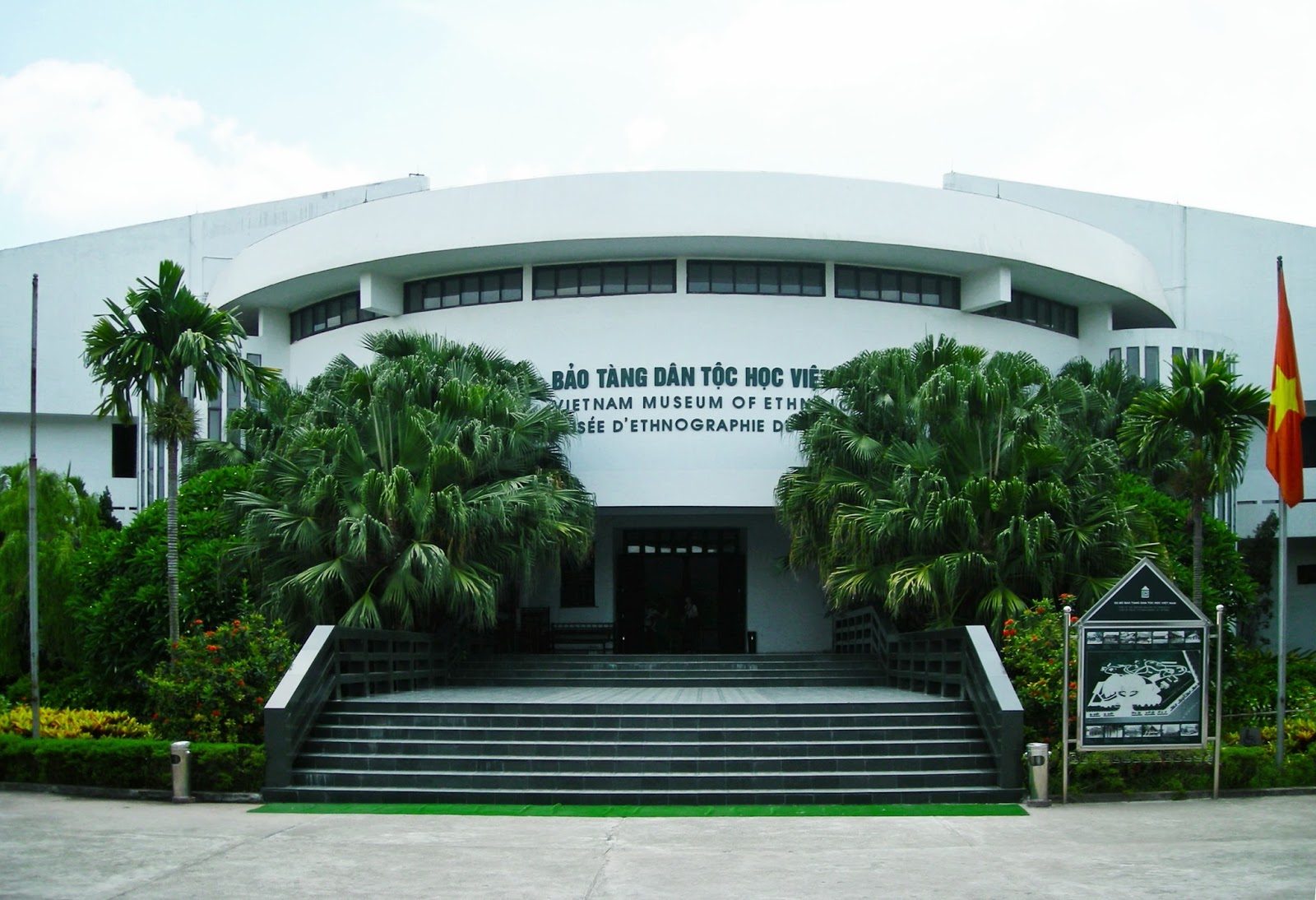
Location: Vietnam Museum of Ethnology is located on Nguyen Van Huyen Street, Cau Giay District, Hanoi. Characteristic: this museum is displaying about more than 10,000 objects, 15,000 black and white …
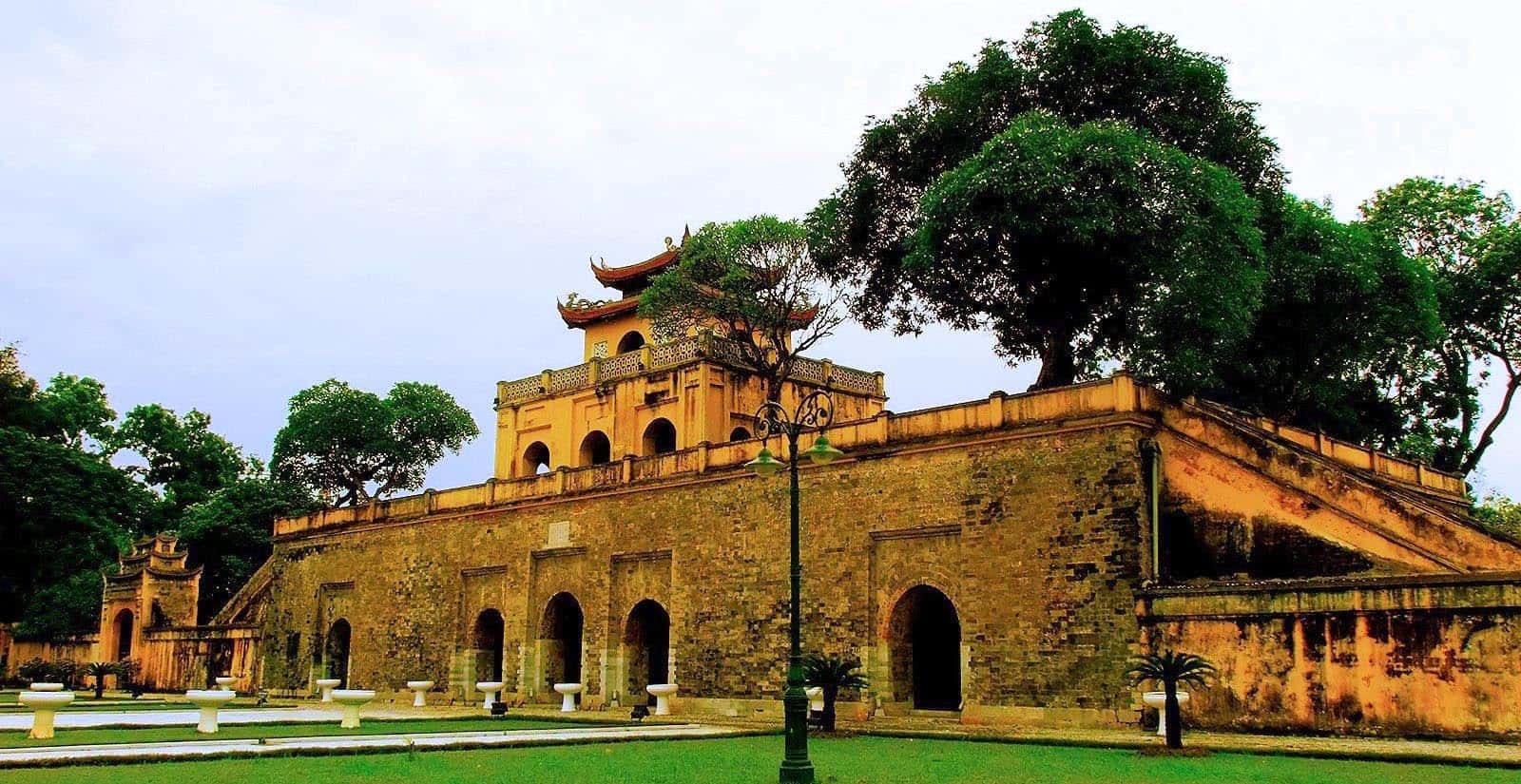
Location : Đoan Môn (main gate): 19 Hoàng Diệu, Quận Ba Đình, Hà Nội, Việt Nam Opening hours: 8am-11.30am, 2pm-4.30pm daily Little now remains of the former royal citadel of …
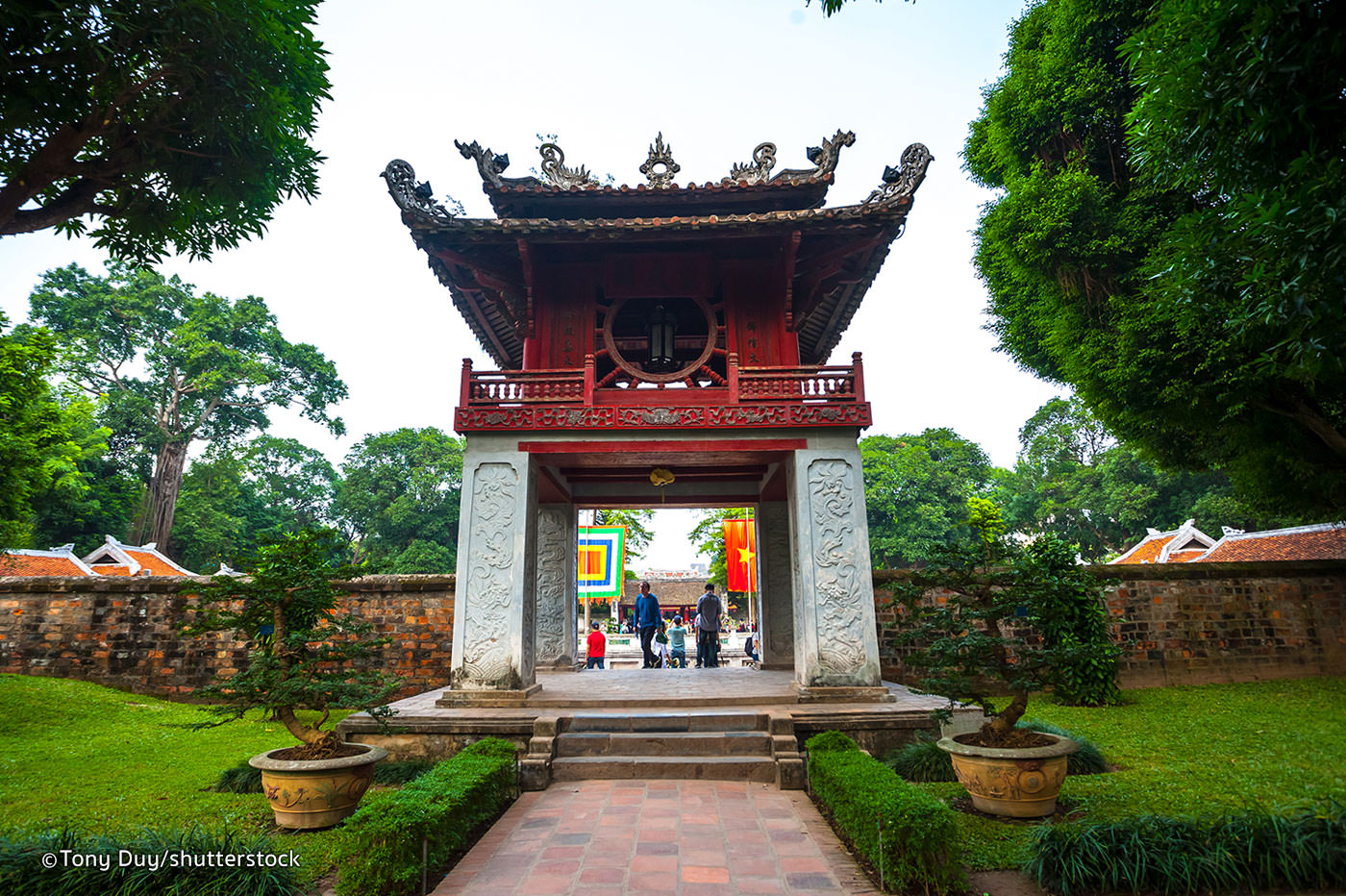
Location : Văn miếu-Quốc tử giám, Văn Miếu, Quận Ba Đình, Hà Nội, Việt Nam Opening hours: 8am-5pm daily Hà Nội’s largest and most important temple complex was founded in …
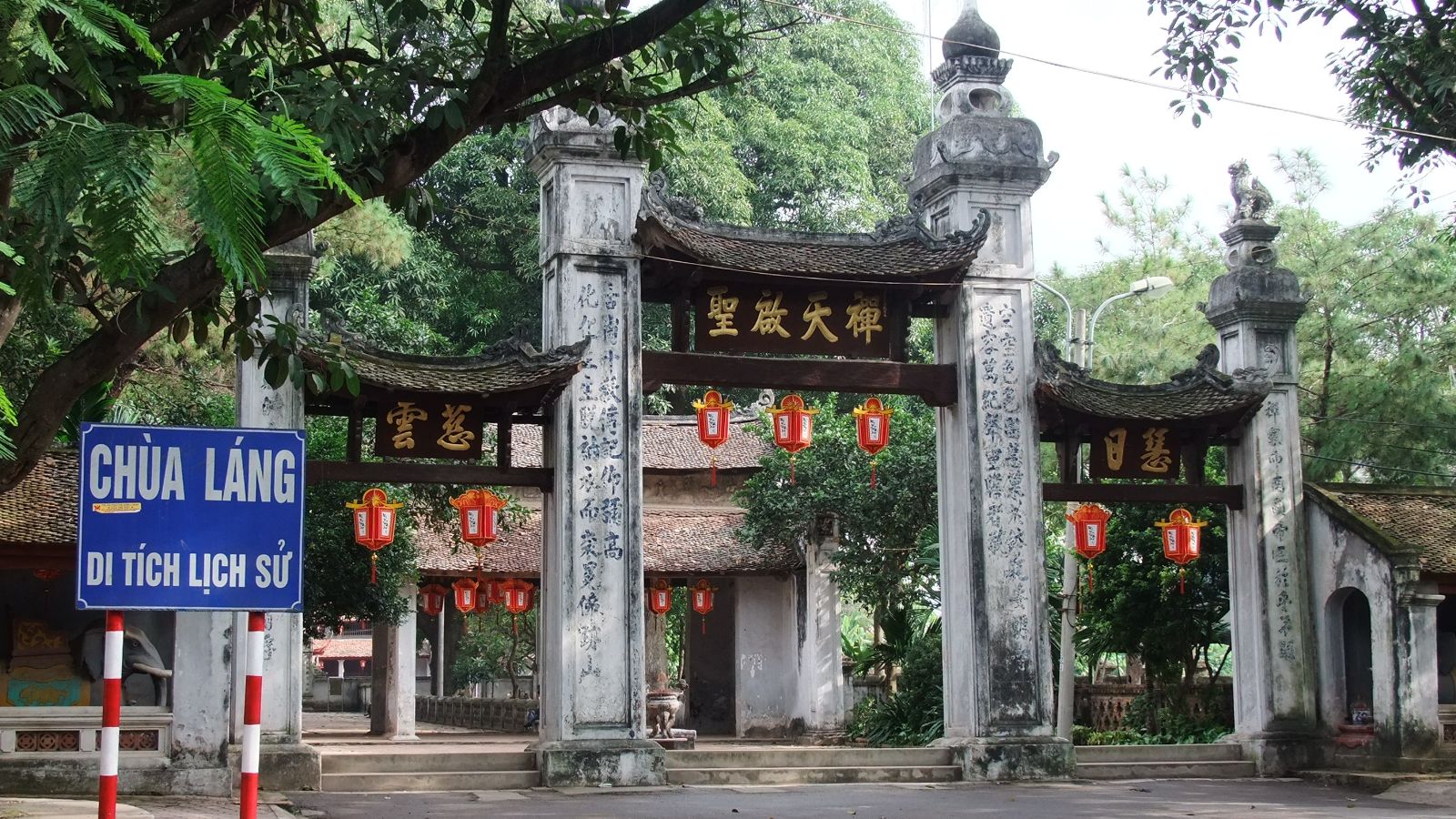
Location : Đường Láng, Quận Đống Đa, Hà Nội, Việt Nam Opening hours: 6am-5pm daily Lang (chieu Thien) Pagoda was built during the reign of King Ly Anh Tong (1148 …
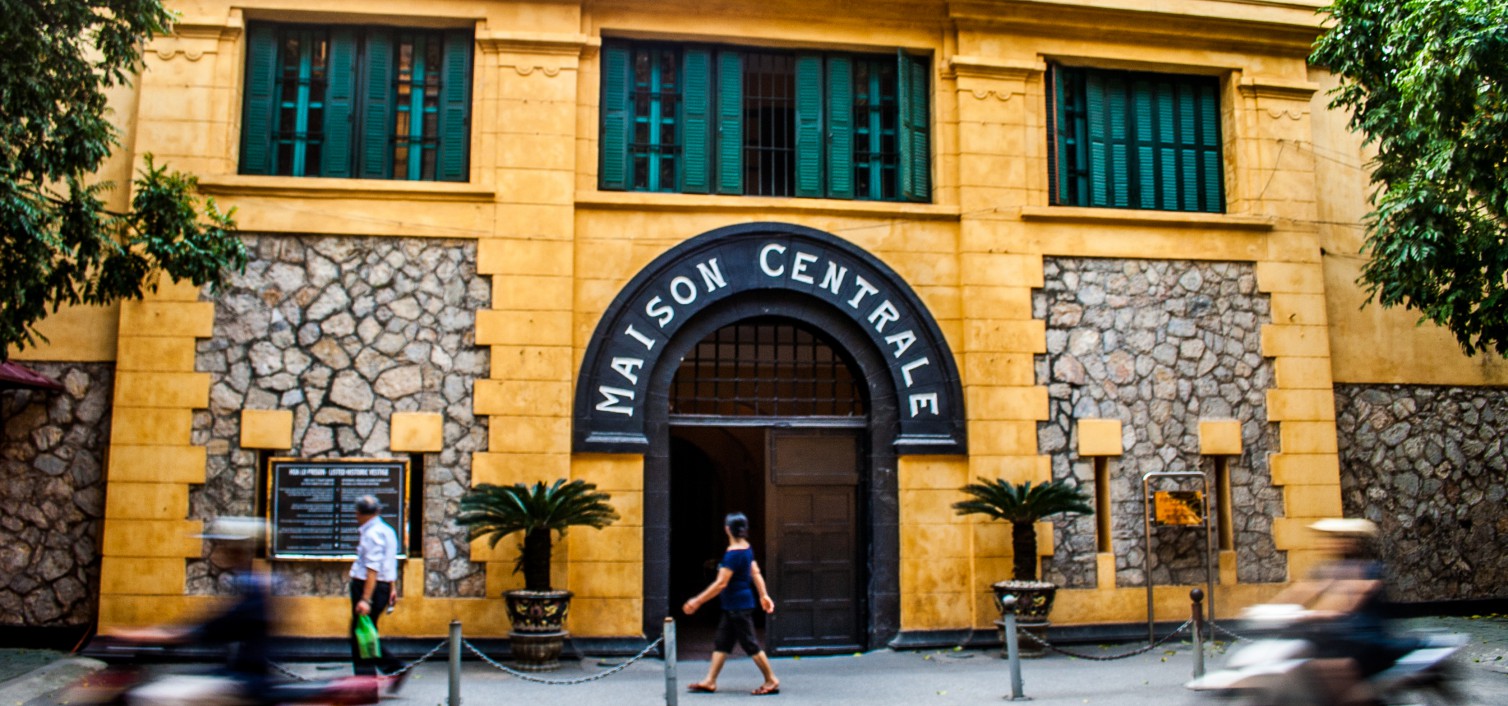
Location : 1 Hỏa Lò, Quận Hoàn Kiếm, Hà Nội, Việt Nam Opening hours: 8am-11.30am, 1.30pm-4.30pm Tue-Sun, closed Mon Established by the French colonial government in 1896, Hoa Lo Prison …

